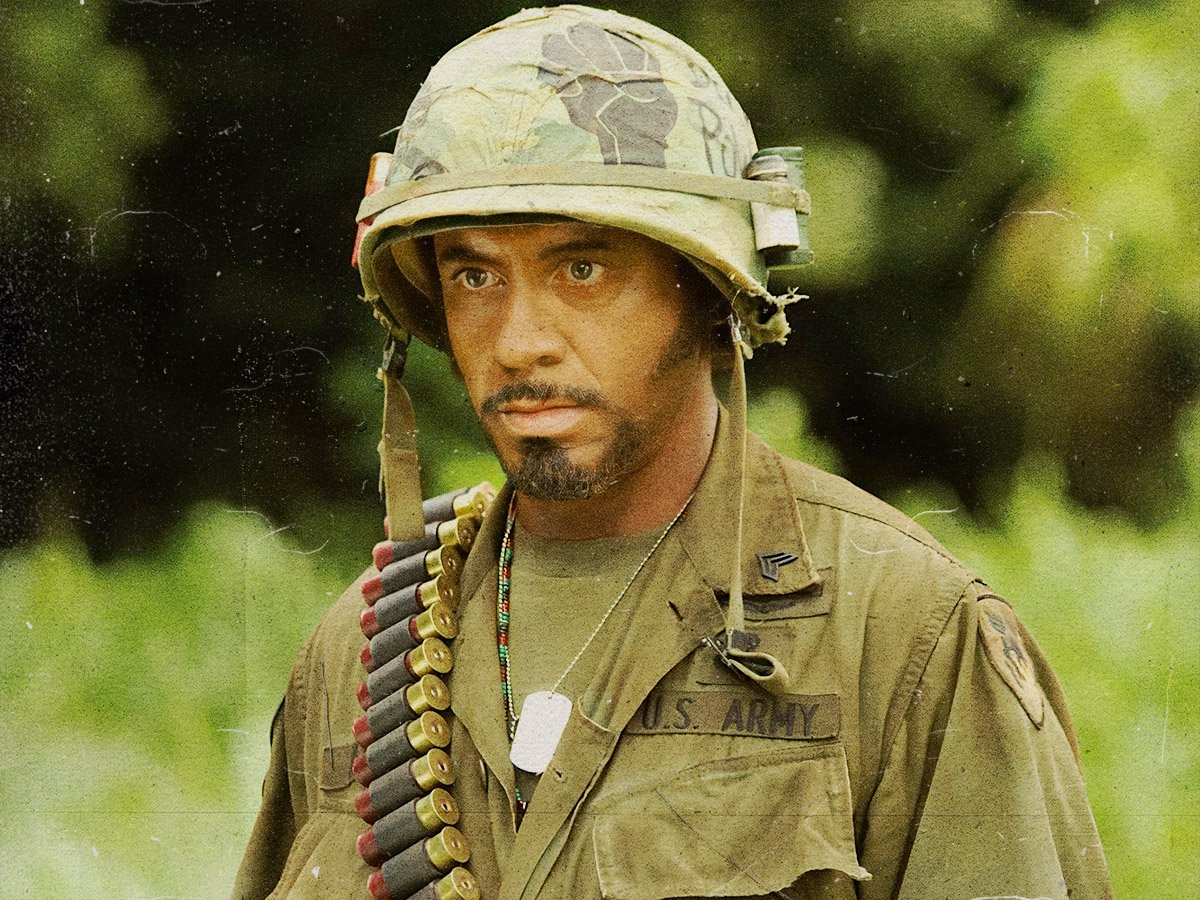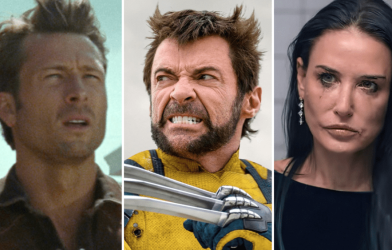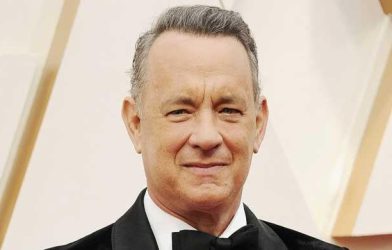
(Credits: Far Out / Dreamworks Pictures)
Most individuals are delighted when a new movie is released, and they can spend their evening at the local cinema switching off from their lives for a couple of hours. However, there have been some films that a section of people have hated so much that they have been boycotted to the nth degree.
There are several reasons as to why a film might be boycotted. Firstly, certain films may arrive in contrast to a group’s religious or societal beliefs, and deep offence arises when a film’s content doesn’t live up to their expectations and demands. Otherwise, films often use overt violence or sexuality that can also upset a cross-section of individuals.
Elsewhere, there may be concerns about the way that a movie was made, with criticism being aimed at the behaviour or practices of a director, actor, or producer. Finally, other films seem to have an agenda opposed to a particular group’s values, so they take up arms against it and vow to bring it to justice.
We’ve compiled a list of 10 movies that were boycotted for various reasons. From productions that were “overly feminist” in tone to those that toyed with religious teaching and historical moments, here are the films that brought about profound scorn, fervour and criticism.
10 movies that were boycotted:
Mad Max: Fury Road (George Miller, 2015)
When the Mad Max franchise returned in 2015 with Fury Road, the cinema world celebrated. Starring Tom Hardy and Charlize Theron, George Miller’s film saw Max Rockatansky take up arms with Imperator Furiosa against a savage cult leader in the resource-scarce post-apocalyptic desert.
An idiotic “men’s rights” group called for a boycott of the film, though, arguing that it served as “feminist propaganda”, fooling men into watching it with its intense action sequences. Their issue stemmed from the fact that Charlize Theron’s character featured in the narrative too heavily, making Mad Max seem like a side character, which was an utterly ridiculous thing to suggest.
Tropic Thunder (Ben Stiller, 2008)
Ben Stiller’s Tropic Thunder was rife with controversial moments that led to widespread criticism. A satire of Hollywood movie productions focusing on the making of a Vietnam War movie, the film starred Robert Downey Jr, who played an actor who undergoes “pigmentation alteration” surgery in order to play a black character.
Downey Jr’s blackface was naturally met with scorn, but it was the film’s treatment of disabled people that saw it get boycotted. Downey Jr’s character, at one point, tells another never to use method acting to play a disabled character, and several disability awareness groups came together to say that the joke came across as sheer ridicule.
Pocahontas (Mike Gabriel & Eric Goldberg, 1995)
Following the success of a string of animated movies in the early 1990s, such as The Little Mermaid and The Lion King, Disney followed up with an adaptation of the Native American heroine Pocahontas. At the same time, Disney had been developing an “American History” theme park in Virginia that drew criticism.
Native American leaders not only called for the disruption of the theme park’s building but also boycotted the 1995 film, claiming that it was full of historical inaccuracies and that its protagonist was reduced to an underage “sex symbol” when Pocahontas had been a key historical figure in Native American history.
The Da Vinci Code (Ron Howard, 2006)
Dan Brown’s mystery novel The Da Vinci Code quickly became a bestseller and was then picked up for a film adaptation directed by Ron Howard. Focusing on a professor of religious symbolism played by Tom Hanks, The Da Vinci Code features a modern search for the Holy Grail, and the Catholic Church is said to have covered up the elusive artefact.
Naturally, the Church was enraged, first by the book and then by its film adaptation. They said that the 2000-year-old conspiracy to conceal a marriage and birth between Jesus Christ and Mary Magdalene was “slanderous”. However, they could not prevent the commercial success of the film, which was on the receiving end of a huge box office.
Casino Royale (Martin Campbell, 2006)
Following the departure of Pierce Brosnan from his role as James Bond, Daniel Craig took on the mantle of playing the famous British double agent. Casino Royale was Craig’s first outing as 007, which also saw the likes of Eva Green, Judi Dench, Jeffrey Wright and Mads Mikkelsen star.
The film ended up being one of the best Bond movies in recent memory, but a group of “true Bond fans” could not overcome the fact that their beloved fictional character had blonde hair. A website called danielcraigisnotbond.com was set up, and the actor’s “rough face” and fair follicles were criticised. Nothing could dissuade Craig himself, though, and he delivered several memorable Bond moments in the proceeding years.
The Last Temptation of Christ (Martin Scorsese, 1988)
Faith has always played a crucial role in the works of Martin Scorsese, and in the late 1980s, he delivered an adaptation of the 1955 novel The Last Temptation of Christ with Willem Dafoe starring in the lead role of Jesus. Initial production had been halted when Christian fundamentalists had expressed worry that the film’s version of Christ would be gay without any evidence to suggest so.
When the production was picked back up a few years later, further calls for a boycott were aired, this time from Southern Protestant priests, who said that Willem Dafoe’s performance was “deranged” and overly sexualised. A Catholic protest group had also reportedly tried to blow up a cinema in Paris that was screening the film, showing the religious fervour that gripped its release.
Ghostbusters (Paul Feig, 2016)
The original Ghostbusters is widely considered a landmark of American comedy, and in 2016, a reboot of the franchise was released. Directed by Paul Feig and starring a female version of the cast, including Melissa McCarthy, Kristen Wiig, Kate McKinnon, and Leslie Jones, the New York City ghost-catching enterprise was back with a fresh twist.
Even as far back as 2014, when the film was first announced, specific individuals called for its blood. Anti-women and anti-feminist groups came together with hardcore male fans of the original to criticise the female-led cast and its “feminist agenda,” and they littered the film’s online review scores with low ratings.
Fifty Shades of Grey (Sam Taylor-Johnson, 2015)
The E.L. James novel Fifty Shades of Grey took the world by storm and showed a mainstream audience the pleasure of erotic fiction. In 2015, a film adaptation arrived directed by Sam Taylor-Johnson and starring Dakota Johnson and Jamie Dornan as a young pair who begin a sadomasochistic sexual relationship.
Anti-porn and anti-BDSM groups quickly took issue with the film and claimed its depictions of sex were akin to abuse. Interestingly, BDSM advocates also boycotted the film because they felt the sexual practice had been greatly misrepresented. Fifty Shades of Grey was simply a film where no one was left happy, other than its producers, following a massive box office taking.
Brokeback Mountain (Ang Lee, 2005)
Ang Lee’s neo-Western romantic drama Brokeback Mountain saw Jake Gyllenhaal and Heath Ledger play a pair of American cowboys who develop a troubled romantic and sexual relationship. In many ways, the film set the scene for LGBT cinema in the mainstream and received widespread critical acclaim for its portrayal of homosexuality.
However, Focus on the Family and the American Family Association boycotted any cinema chain that screened the film because of the way it celebrated homosexual relationships. Thankfully, the protests did little to impact the reception of the film, and it went on to become one of the most successful and memorable releases of the 2000s.
The Passion of the Christ (Mel Gibson, 2004)
Film adaptations of the life of Jesus Christ are bound to draw criticism, and in 2004, Mel Gibson delivered yet another controversial biblical drama in the shape of The Passion of the Christ. It was Jim Caviezel’s turn to play Jesus of Nazareth, with Monica Bellucci portraying Mary Magdalene, and the film focuses mainly on the final period of Jesus’ life.
Several members of the Jewish community boycotted the film as they felt it was overly critical of Jewish people and that Gibson was in the throes of an anti-Semitic tirade. Others thought that a white man playing Jesus, who was from the Middle East, was historically inaccurate. Still, Gibson firmly said he had tried to tell a faithful tale while taking a handful of creative liberties.









